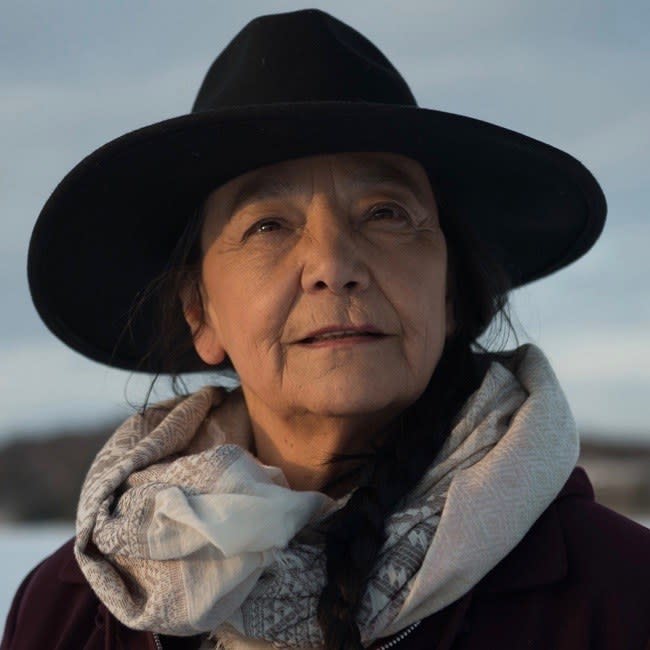At ImagineNative, Indigenous-Made Films Challenge Expectations
As global film festivals slowly begin embracing indigenous storytelling, few do it as well—and as comprehensively—as ImagineNative. The Toronto-based film and media festival, now in its 19th year, kicking off on October 17, will feature five days of programming centered around works made by indigenous artists across the world. (Call it the Native version of TIFF.) It will include over 150 different works, including documentaries, music videos, and shorts, as well as 10 full-length feature films—the most in the festival’s history.
Jason Ryle, the festival’s artistic director, hopes that this year’s event will spotlight the diverse stories and traditions found within indigenous culture—an antithesis to the stereotypical portrayals often depicted in Hollywood, for instance. “When you look at indigenous cinema, oftentimes people think of it as a genre. But it’s actually a really diverse body of work,” Ryle said. “The same way you talk about French cinema or German cinema, and all the diverse works within that, the same can be applied to indigenous cinema. We’re getting to a point now where we can look back and talk about Cree cinema, or Mohawk cinema. It completely changes how we talk about the works indigenous artists are making.”
Though the festival only accepts works made by indigenous artists, the content within the works can touch on virtually anything, challenging the idea that Native artists can and should only do Native-related material. And one can expect a wide variety: This year will feature work by 156 indigenous artists from over 109 different nations, sharing unique experiences not only through film, but other media such as video games, web series, art exhibits, and more.
The festival is only growing. Last year, it was attended by over 30,000 people, and for next year’s milestone 20th anniversary, the lineup will also be extended to six days. Despite the growth, though, Ryle said there is still much left to conquer in the world of native cinema—specifically representation. “We’re still in a time of firsts,” said Ryle. “Our opening night film Falls Around Her stars Tantoo Cardinal, one of our most famous actresses, in her first starring role ever. And Anori is the first feature film directed by a Greenlandic woman.”
Below, explore eight must-see features at this year’s ImagineNative festival.
Black Divaz
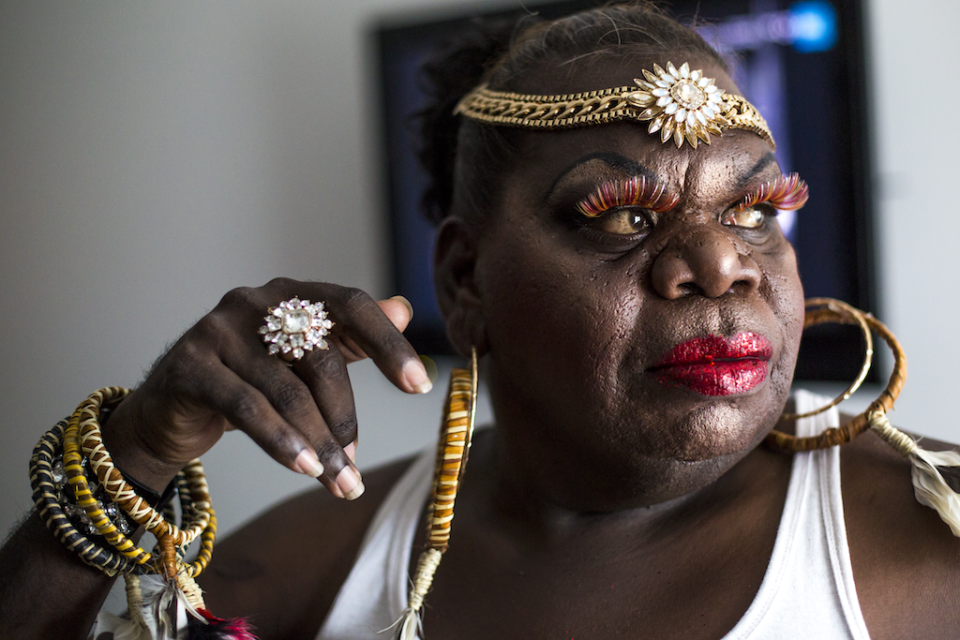
Set during Australia’s first-ever Miss First Nation pageant, Adrian Russell Wills’s documentary follows indigenous pageant contestants over five days as they tackle photo shoots, runway walks, lip-synch battles, and more. (Think Native RuPaul’s Drag Race—only better.) It follows each contestant as they prepare and perform throughout the competition, and as they reflect on what winning would mean for each of their respective communities.
Electro
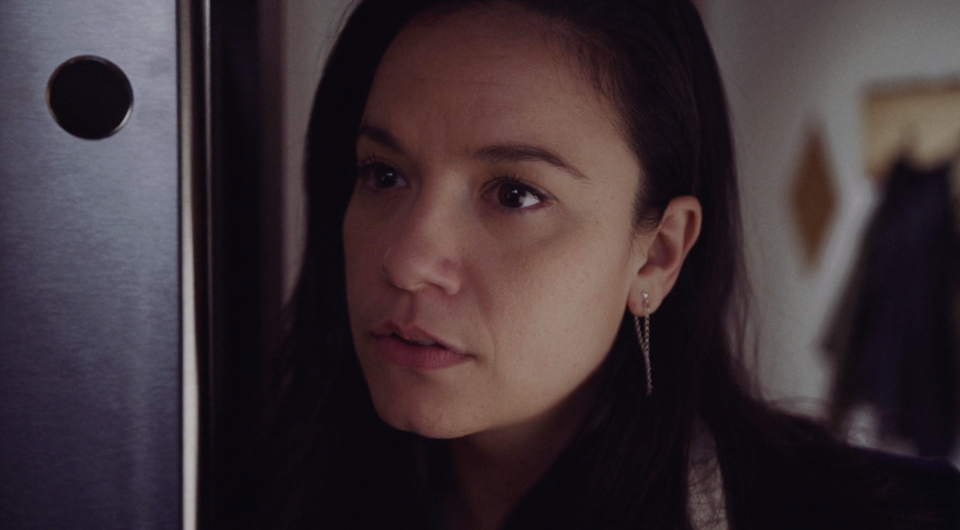
The Electro program will highlight a selection of indigenous-made music videos and documentaries exploring new takes on indigenous music. “The War Racket” is a new music video written by Cree singer-songwriter Buffy Sainte-Marie. Du Teweikan à l’Électro is a documentary exploring one of the most essential components of indigenous music—the drum—by profiling three indigenous artists who are using drums in new, innovative ways.
In Conversation With Alanis Obomsawin
American-Canadian Abenaki director Alanis Obomsawin will be the subject of a panel discussion during the festival. A prolific documentary filmmaker with over 50 films under her belt, Obomsawin is best known for her relentless documentation of the history of indigenous people in Canada. (One of her most famous films, Kanehsatake: 270 Years of Resistance, explored the the Mohawk protests against the expansion of a golf course into sacred burial land, while she has also covered topics such as Canada’s harrowing residential school system.) Here, she will present a clip of her upcoming documentary focused on Jordan’s Principle, a Canadian principle ensuring that First Nations children have access to government-funded services.
Sgaawaay K’uuna (Edge of the Knife)
Directed by Gwaai Edenshaw and Helen Haig-Brown, this film makes history as the first to be shown in the Haida language. “Haida is one of the most endangered languages,” said Ryle of the film. “There’s only 20 fluent speakers currently.” It tells the story of two extended families reuniting on the islands of Haida Gwaii (British Columbia, Canada) for their annual summer fishing camp. When the recklessness of a young man, Adiits’ii, results a tragic accident, he flees into the rain forest, where he descends into madness. The following summer, both families return.
Positions
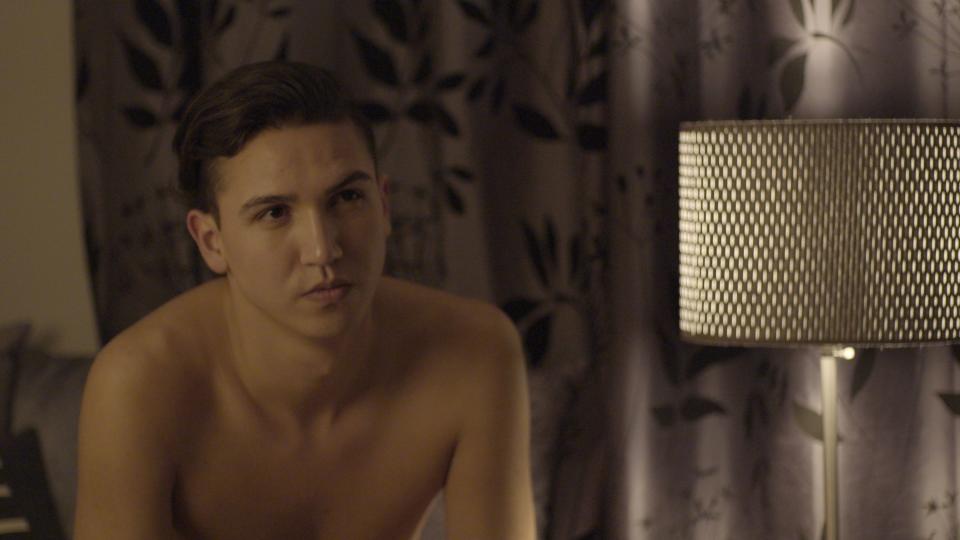
The Positions program will explore the effects Christianity has had on indigenous people, specifically their views on sexuality. Through a series of short films, it will showcase how women, sex workers, and two-spirited people have faced oppression and discrimination, and how they are using their culture today to reclaim their sexuality. You Will Go Home . . . tells the story of a young trans woman who draws from the strength of her ancestors to leave an abusive relationship. Meanwhile, Emerge: Stone Braids offers a behind-the-scenes look at the inaugural Indigenous Fashion Week Toronto, a new initiative that Vogue has covered here.
Falls Around Her
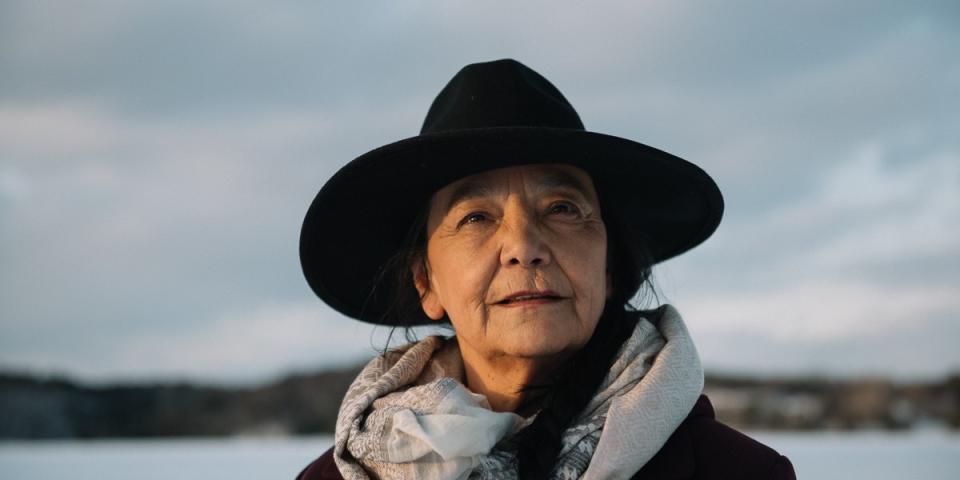
Set to open the festival during its opening night gala, the film Falls Around Her stars notable Cree and Métis actress Tantoo Cardinal (Dances With Wolves, Wind River) as Mary Birchbark, a legendary singer who abandons her life of fame to return to her indigenous community.
Artist Spotlight: Marjorie Beaucage
The work of Marjorie Beaucage—a legendary Métis two-spirit elder, filmmaker, and activist—will be showcased during the festival. The retrospective will include two programs centered around her: The In Her Own Words program will explore her works related to her Métis culture, while Standing in the Middle highlights her documentary work related to land. There will also be a panel discussion and Q and A with Beaucage herself.
The Witching Hour
Horror fans, rejoice: The Witching Hour program is the perfect precursor to Halloween, spotlighting a spooky selection of short horror films—with an indigenous twist. Grandfather on the Prairies shows a young Cree man coming face-to-face with his great-great-great-grandfather. Gobmemáinnas tells the story of a young Sami boy whose usual trip from the store turns into a chase, and Spirit takes case during a movie night between two friends—with an unexpected visitor.
Read More Culture Stories:
The 54 Best Romantic Comedies of All Time—Read More
Dating Someone Older Isn’t Always a Bad Idea—Read More
Azealia Banks, Grimes, and Elon Musk: What’s Going On Here?—Read More
17 Stars Who Went to Extreme Lengths for Movie Roles—Read More
Henry Golding, Crazy Rich Asians Star: Everything You Need to Know—Read More
